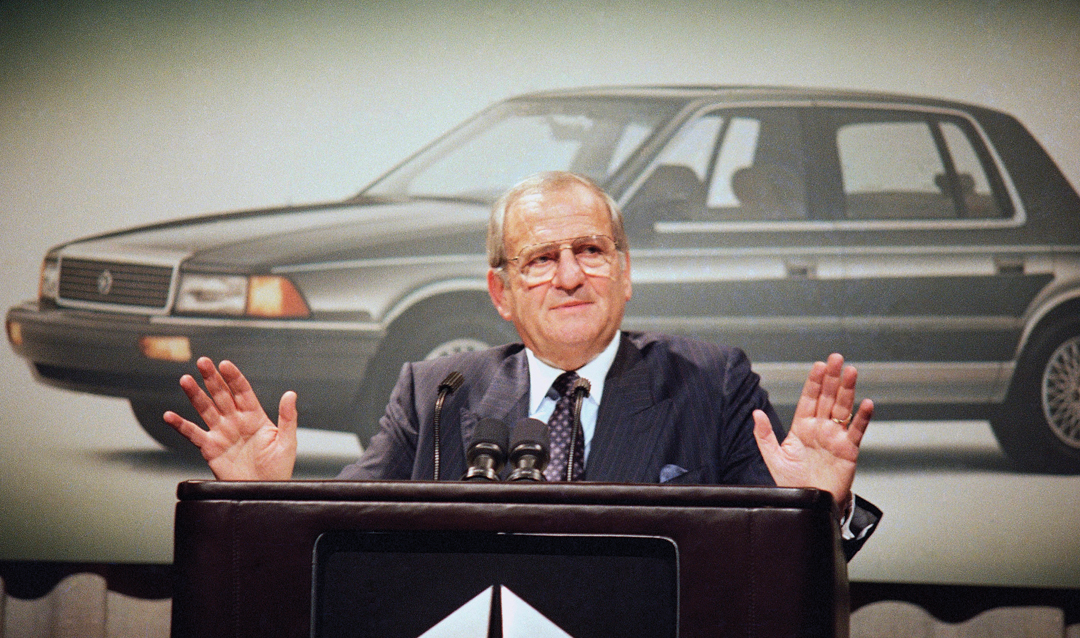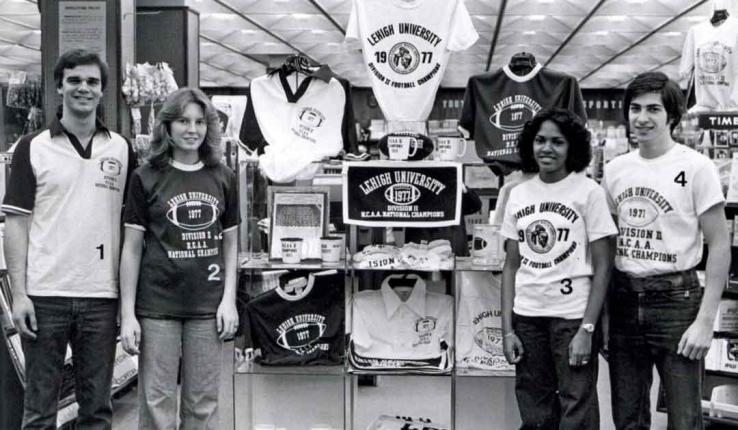Librarians had to take an inventory of the 515 black binders containing Iacocca’s large-print speeches, many of them featuring his scrawling handwriting in the margins.
“There would be the speech itself in the binder, then all the supplementary material,” Japha said. “Sometimes it was a photocopy of the speech, but in other cases there were printouts of slides he would have presented, or Q&A questions he was preparing for … I personally wasn’t expecting that.”
Two to three students scanned the items, and four students added the metadata, which is a spreadsheet documenting what was scanned. The fi rst binder was scanned last October with the project to be completed over winter break this year. The speeches are searchable by title and keyword.
Ilhan Citak, an archives and Special Collections librarian, believes the collection will appeal to many individuals and researchers.
“He was an alumnus, a leader, a labor leader, involved with life-changing events in the history of the United States,” Citak said. “He’s a local person from Allentown who still has family roots here. If you talk to anyone from the Lehigh Valley, they are proud to be mentioned as being from the same region as Lee Iacocca.”
The son of an immigrant hotdog vendor, Iacocca began attending Lehigh after graduating from William Allen High School in Allentown in 1942. After graduating from Lehigh in 1945 with a degree in industrial engineering, Iacocca realized he preferred business and went into sales for Ford, where he worked for 32 years, eventually becoming the company president when he was 46 years old.
During his tenure at Ford, Iacocca was credited with introducing the design of the 1964 Mustang and appeared on the cover of Time magazine that same year. He was also partially responsible for the Lincoln Continental Mark II, the Ford Fiesta and the revival of the Mercury brand.
His move to Chrysler came in 1978 following a power struggle with Henry Ford II, grandson of Ford’s founder. Iacocca was hired as president for the nearly defunct Chrysler Corporation and would eventually help reverse the firm’s misfortune. In addition to the $1.5 billion governmental loan he was able to acquire, Iacocca also had to close plants and negotiate with labor unions to accept layoffs and wage cuts. His success at Chrysler landed him another cover of Time in March 1983.
Iacocca died at his home in Bel Air, California, on July 2, 2019, when he was 94 years old.







